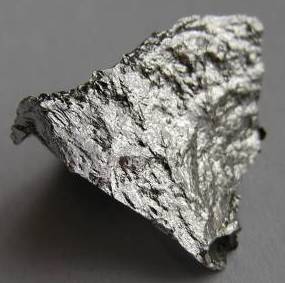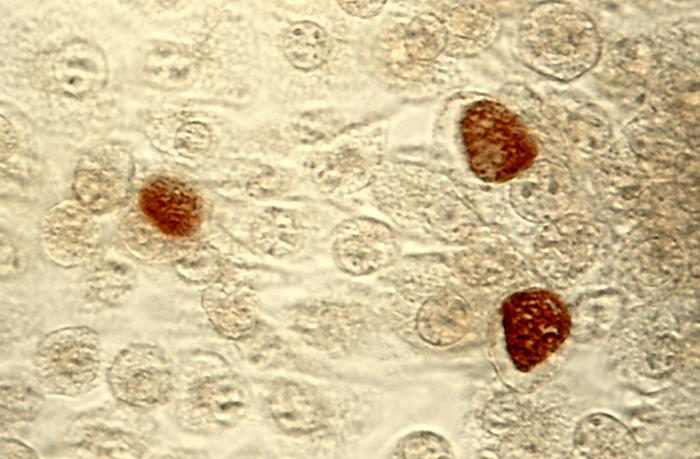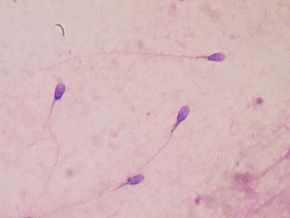 Once again a study finds that pesticide exposure is linked to an adverse health effect - that pesticide exposure in the home during pregnancy and early childhood is linked to an elevated risk of brain tumor in the child. Other studies have also found that pesticides used in the home are associated with a higher risk of childhood cancers.
Once again a study finds that pesticide exposure is linked to an adverse health effect - that pesticide exposure in the home during pregnancy and early childhood is linked to an elevated risk of brain tumor in the child. Other studies have also found that pesticides used in the home are associated with a higher risk of childhood cancers.
This is because pesticides do cross the placental barrier, as the study researchers point out: "There is evidence that pesticides cross the fetal-placental barrier since residues of some insecticides have been found in umbilical cord blood, neonatal hair, and meconium following maternal exposure during pregnancy." Also, the International Agency for Research on Cancer (IARC) has classified "more than twenty pesticide chemical compounds as potential human carcinogens".
The following are examples (but there are more) of other studies finding pesticide and childhood cancer links: A meta-analysis published in 2015 in Pediatrics by researchers at Harvard University found that children exposed to indoor insecticides (also herbicides) have a higher risk of certain childhood cancers, specifically leukemia, lymphomas, and brain tumors. A 2013 study published in Cancer Causes and Control found that professional pest control applications in the home within a year of conception and during pregnancy was associated with a higher risk of childhood brain tumors. A review of studies published in 2010 found that pesticide exposure during pregnancy and childhood increased the risk of childhood leukemia.
The good news is that there are alternatives to exposing fetuses and children to toxic pesticides at home - by using alternative ways of dealing with pests, such as least toxic Integrated Pest Management (IPM) or organic methods. That means doing other things (such as sealing or caulking holes, putting out traps and baits, vacuuming), a focus on least toxic methods and on prevention (here and here), rather than routinely applying toxic pesticides. If needed, least toxic pesticides include boric acid and vinegar. Other sources of pesticide exposure for pregnant women and children are foods and exposure in settings outside the home - perhaps even a friend's yard. By the way, pesticide exposure for everyone is linked to a higher risk of health problems, not just pregnant women and children.
From Science Daily: Pesticide use during pregnancy linked to increased risk of childhood brain tumors
Previous epidemiological studies have suggested that exposure to pesticides during pregnancy may have a possible role in the development of childhood brain tumors. In a new International Journal of Cancer analysis, researchers found a link between maternal residential pesticide use -- particularly insecticides -- and the risk of childhood brain tumors. The analysis included 437 malignant childhood brain tumor cases and 3102 controls from two French studies. Pesticide use was associated with a 1.4-times increased risk of childhood brain tumors.
The investigators noted that many pesticide compounds are classified as probable carcinogens, and there is evidence that some insecticides can pass through the feto-placental barrier. "Although such retrospective studies cannot identify specific chemicals used or quantify the exposure, our findings add another reason to advise mothers to limit their exposure to pesticides around the time of pregnancy," said Nicolas Vidart d'Egurbide Bagazgoïtia, lead author of the study. [Original study.]

 The following study was presented at the recent annual meeting of the Infectious Diseases Society of America. A study of women prone to recurrent urinary tract infections (UTIs) found that increasing daily fluid intake by 1.5 liters of water a day (about three 16-ounce glasses) in addition to their usual daily fluid intake - had a reduced incidence of UTIs that year by 48%, as compared to women who drank their usual daily fluid amount (1.2 liters).
The following study was presented at the recent annual meeting of the Infectious Diseases Society of America. A study of women prone to recurrent urinary tract infections (UTIs) found that increasing daily fluid intake by 1.5 liters of water a day (about three 16-ounce glasses) in addition to their usual daily fluid intake - had a reduced incidence of UTIs that year by 48%, as compared to women who drank their usual daily fluid amount (1.2 liters). OK, this study was done in mice, but it's the kind of
OK, this study was done in mice, but it's the kind of  A newly published study suggests that exercising an hour or more per week could lower the incidence of depression.
A newly published study suggests that exercising an hour or more per week could lower the incidence of depression.  Is frequent sauna bathing beneficial? That's what
Is frequent sauna bathing beneficial? That's what  Another article was published this month raising the issue of
Another article was published this month raising the issue of  Two studies looked at manganese and found that high levels are associated with problems. Manganese is an essential trace mineral necessary for development, metabolism, the antioxidant system, and for normal brain and nerve function. Getting manganese through foods (e.g. nuts, seeds, whole grains) is beneficial, but ing
Two studies looked at manganese and found that high levels are associated with problems. Manganese is an essential trace mineral necessary for development, metabolism, the antioxidant system, and for normal brain and nerve function. Getting manganese through foods (e.g. nuts, seeds, whole grains) is beneficial, but ing
 Another problem for overweight or obese men: an increased risk of poor sperm quality.
Another problem for overweight or obese men: an increased risk of poor sperm quality.